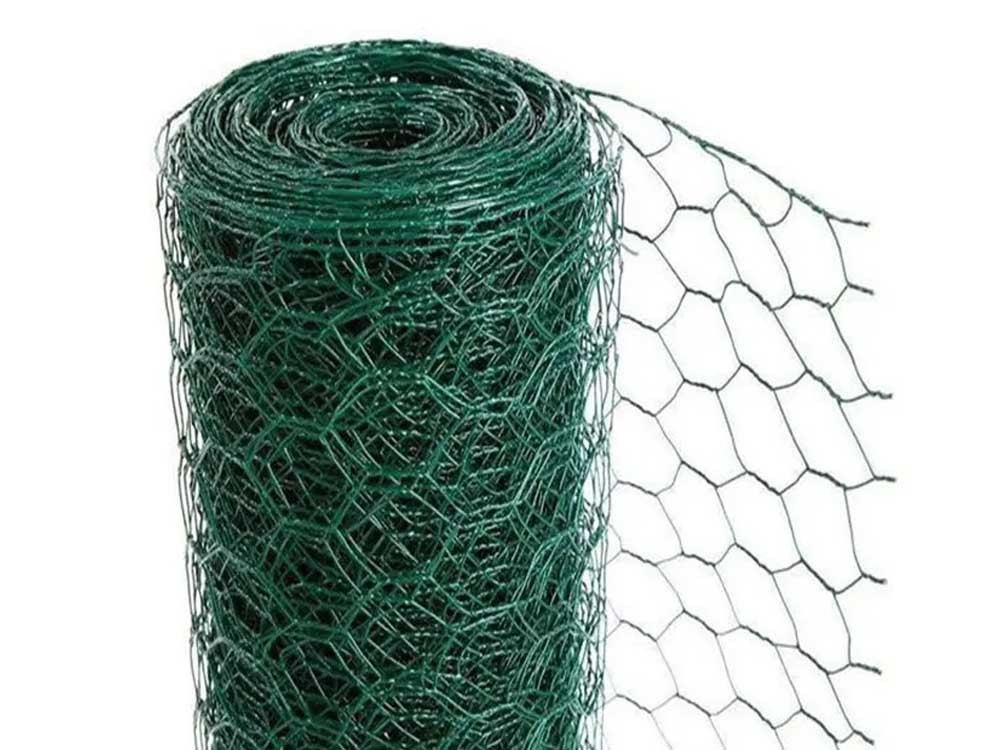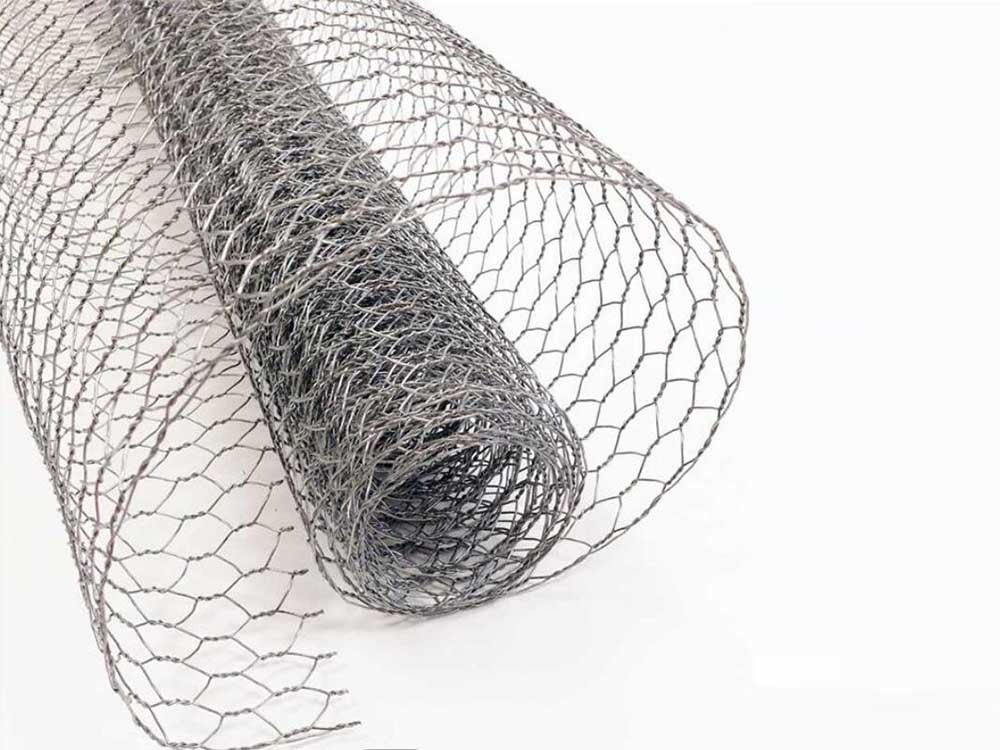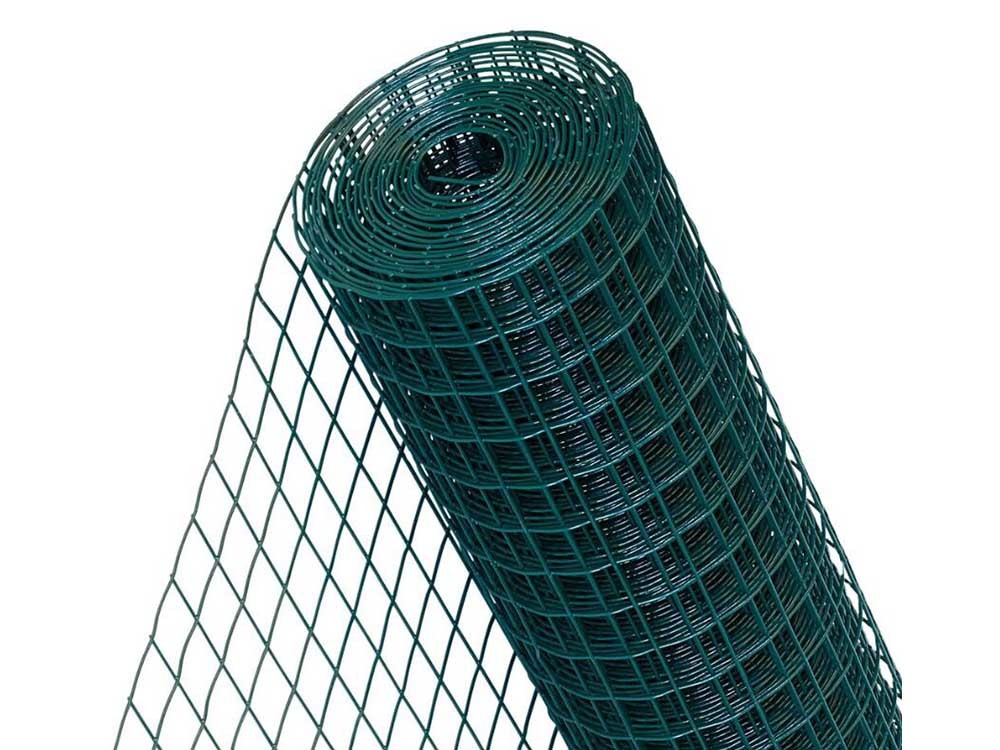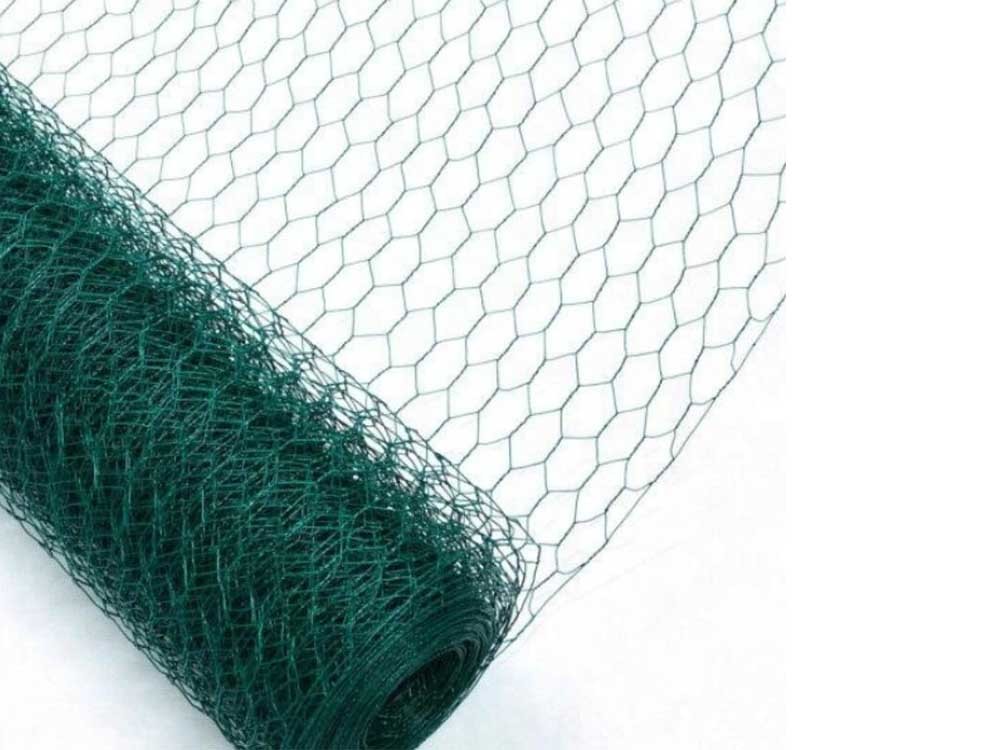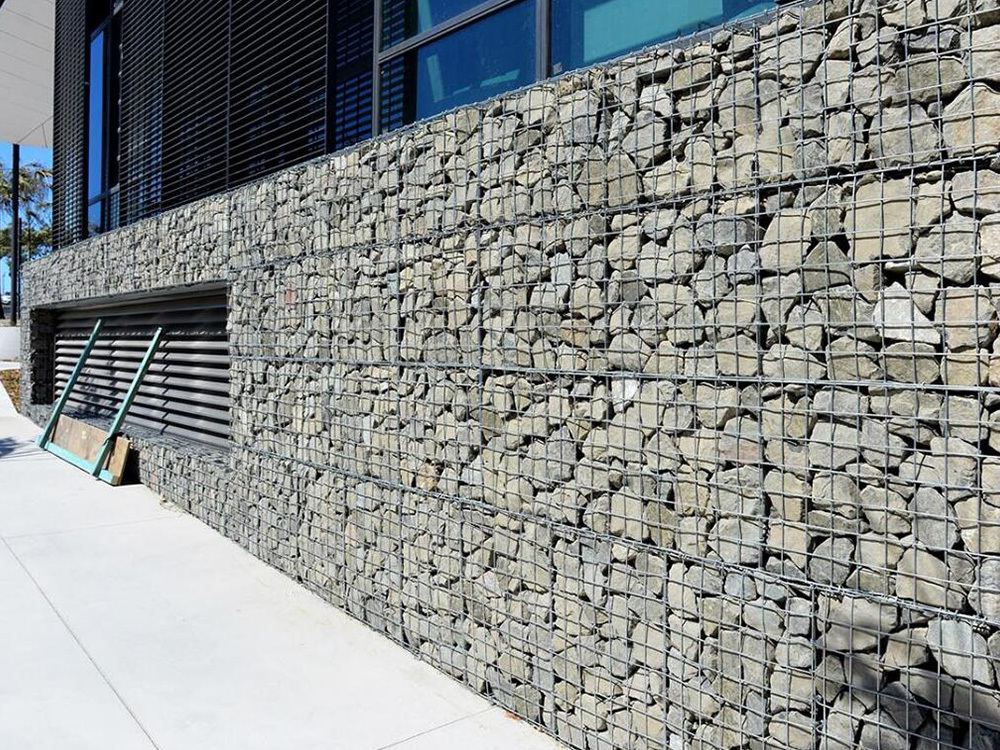Architectural Marvels: Woven Mesh Gabion Boxes Redefining Spaces
Release Time:
May 26,2025
Architectural Marvels: Woven Mesh Gabion Boxes Redefining Spaces Introduction to Woven Mesh Gabion Boxes Woven mesh gabion boxes represent a remarkable blend of functionality and aesthetic appeal in modern architecture. These structures, crafted from galvanized steel wire or other durable materials, are filled with rocks or other materials to create sturdy walls, partitions, and decorative element

Architectural Marvels: Woven Mesh Gabion Boxes Redefining Spaces
Introduction to Woven Mesh Gabion Boxes
Woven mesh gabion boxes represent a remarkable blend of functionality and aesthetic appeal in modern architecture. These structures, crafted from galvanized steel wire or other durable materials, are filled with rocks or other materials to create sturdy walls, partitions, and decorative elements. Their versatility in applications can be seen in landscaping, erosion control, and even art installations. This comprehensive article delves deeply into the features, benefits, and transformative potential of woven mesh gabion boxes within the architectural domain.
1. What are Gabion Boxes?
Gabion boxes are essentially wire mesh containers that are filled with natural stones or other materials to form a solid structure. The term 'gabion' originates from the Italian word ‘gabbione,’ meaning ‘big cage.’ These cages are designed to maintain their shape and structural integrity over time, making them an ideal choice for various architectural and engineering applications.
1.1 Types of Gabion Boxes
Gabion boxes come in several forms, each suited for different functions:
- **Woven Mesh Gabions**: Made from woven wire mesh, providing flexibility and aesthetic appeal.
- **Welded Mesh Gabions**: Featuring welded wire mesh for enhanced strength and durability.
- **Mattress Gabions**: Low-profile structures used for erosion control along riverbanks or roadways.
1.2 The Composition of Woven Mesh Gabion Boxes
Woven mesh gabion boxes are typically made from high-quality galvanized steel, which prevents rust and enhances longevity. The mesh is woven into a grid-like structure that allows for adequate drainage while maintaining the structural integrity needed to hold the filling materials such as stones, gravel, or recycled concrete.
2. Applications of Woven Mesh Gabion Boxes
The applications of woven mesh gabion boxes are vast and varied, extending across multiple sectors, including:
2.1 Landscaping and Garden Design
Woven mesh gabion boxes are increasingly popular in landscaping. They serve as retaining walls, garden borders, and decorative features that add texture and a natural aesthetic to outdoor spaces. By integrating these boxes into garden designs, architects can create dynamic visual elements that blend seamlessly with the natural environment.
2.2 Erosion Control and Civil Engineering
In civil engineering projects, woven mesh gabion boxes play a critical role in erosion control. By stabilizing soil and providing support along riverbanks or steep slopes, these structures effectively prevent soil loss while enhancing the landscape's natural beauty.
2.3 Urban Architecture and Structures
Urban architects have embraced gabion boxes for constructing innovative structures such as sound barriers, pedestrian walkways, and even bridges. Their adaptability allows for creative designs that can withstand harsh weather conditions while providing sustainable solutions to urban challenges.
3. Benefits of Woven Mesh Gabion Boxes
Woven mesh gabion boxes offer numerous advantages that make them a preferred choice among architects and builders alike.
3.1 Sustainability and Eco-Friendliness
Gabion boxes are inherently sustainable as they utilize natural materials, which can be sourced locally. Their construction minimizes environmental disruption, and when filled with rock or gravel, they blend harmoniously into the landscape.
3.2 Durability and Longevity
The galvanization of the steel wire used in woven mesh gabions provides exceptional resistance to corrosion and environmental wear. This durability ensures that gabion installations can last for decades with minimal maintenance.
3.3 Cost-Effectiveness
Compared to traditional building materials, woven mesh gabion boxes often provide a more economical solution. Their ease of installation and the availability of local fill materials contribute to reduced labor and transportation costs.
4. Designing with Woven Mesh Gabion Boxes
Designing with woven mesh gabion boxes opens up a realm of creative possibilities.
4.1 Aesthetic Considerations
Gabion boxes can be tailored to achieve various looks, from rustic to modern, providing architects with versatility in design. The choice of filling material—from smooth river stones to angular rocks—can significantly impact the overall aesthetic.
4.2 Integrating Gabions with Other Materials
Woven mesh gabion boxes can be integrated with other construction materials, such as wood or concrete, allowing for innovative combinations that enhance both functionality and visual appeal.
5. Challenges and Considerations
While the advantages of woven mesh gabion boxes are significant, there are challenges to consider.
5.1 Design Limitations
Gabion boxes require careful planning and consideration to avoid structural failure. Factors such as load distribution and drainage must be adequately assessed during the design phase.
5.2 Aesthetic Perception
Despite their versatility, some may perceive gabion boxes as unrefined or industrial. Addressing aesthetic concerns is crucial during the design process to ensure that the end result aligns with the desired vision.
6. Future Trends in Gabion Box Usage
The future of woven mesh gabion boxes in architecture looks promising, with several emerging trends on the horizon.
6.1 Smart Design Integration
As technology advances, the integration of smart technologies in gabion designs will likely become more prevalent, allowing for enhanced functionality and monitoring of structural integrity.
6.2 Increased Focus on Green Architecture
With the growing emphasis on sustainable building practices, woven mesh gabion boxes are expected to play an even larger role in green architecture, promoting eco-friendly designs that prioritize environmental harmony.
7. Frequently Asked Questions (FAQs)
7.1 What materials can be used to fill gabion boxes?
Gabion boxes can be filled with a variety of materials, including natural stones, gravel, recycled concrete, and even soil for planting vegetation.
7.2 How do gabion boxes handle water drainage?
The open mesh design of woven gabion boxes allows for efficient water drainage, reducing the risk of water accumulation and structural damage.
7.3 Are gabion boxes suitable for all climates?
Yes, woven mesh gabion boxes are designed to withstand various climatic conditions, making them suitable for use in diverse environments.
7.4 Can gabion boxes be used in residential landscaping?
Absolutely, gabion boxes are frequently used in residential landscaping for features like retaining walls, garden beds, and decorative elements.
7.5 What maintenance is required for woven mesh gabion boxes?
Woven mesh gabion boxes require minimal maintenance. Periodic inspections for any displacement of the filling materials or damage to the mesh are recommended.
Conclusion
Woven mesh gabion boxes are redefining the landscape of architecture and construction, offering sustainable, aesthetically pleasing, and durable solutions for a variety of applications. Their versatility, coupled with the growing focus on eco-friendly practices, positions them as a staple in modern design. As architects and builders continue to innovate, we can expect woven mesh gabion boxes to play an integral role in shaping the built environment for years to come. Embracing these architectural marvels not only enhances structural integrity but also fosters a deeper connection to nature, making them an indispensable element in contemporary architecture.
Keywords:
More information



